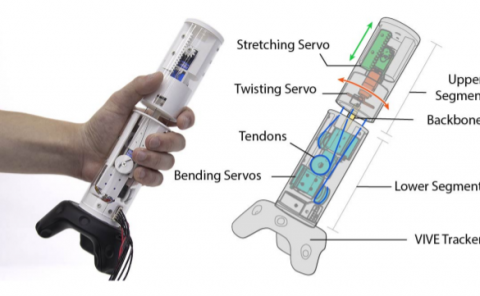Omnidirectional Galvanic Vestibular Stimulation in Virtual Reality
PubDate: February 2022
Teams: Institute for Computer Graphics at TU Braunschweig;Universität Osnabräck
Writers: Colin Groth; Jan-Philipp Tauscher; Nikkel Heesen; Max Hattenbach; Susana Castillo; Marcus Magnor
PDF: Omnidirectional Galvanic Vestibular Stimulation in Virtual Reality

Abstract
In this paper we propose omnidirectional galvanic vestibular stimulation (GVS) to mitigate cybersickness in virtual reality applications. One of the most accepted theories indicates that Cybersickness is caused by the visually induced impression of ego motion while physically remaining at rest. As a result of this sensory mismatch, people associate negative symptoms with VR and sometimes avoid the technology altogether. To reconcile the two contradicting sensory perceptions, we investigate GVS to stimulate the vestibular canals behind our ears with low-current electrical signals that are specifically attuned to the visually displayed camera motion. We describe how to calibrate and generate the appropriate GVS signals in real-time for pre-recorded omnidirectional videos exhibiting ego-motion in all three spatial directions. For validation, we conduct an experiment presenting real-world 360° videos shot from a moving first-person perspective in a VR head-mounted display. Our findings indicate that GVS is able to significantly reduce discomfort for cybersickness-susceptible VR users, creating a deeper and more enjoyable immersive experience for many people.

